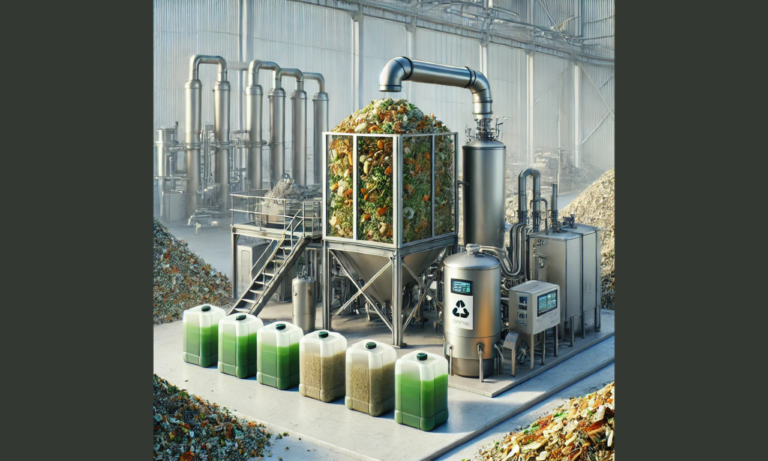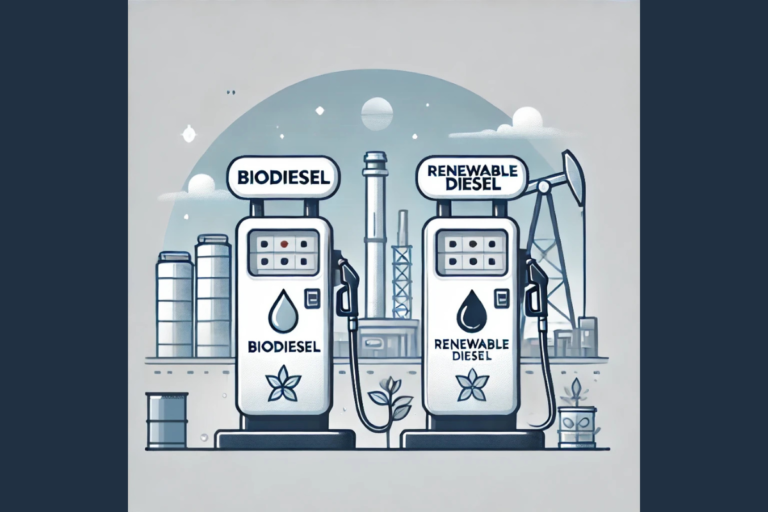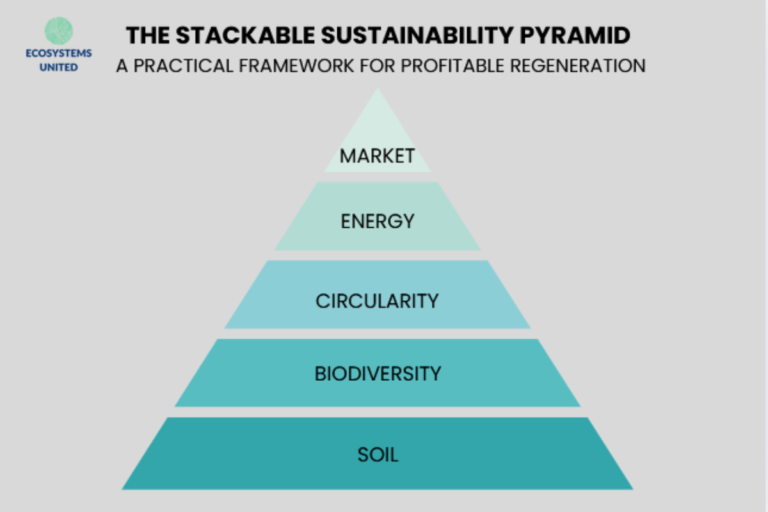lignocellulosic ethanol: the future of sustainable biofuels?

A New Era of Renewable Energy
As the world seeks cleaner and more sustainable alternatives to fossil fuels, biofuels have emerged as a promising solution. Among them, lignocellulosic ethanol stands out as an innovative and eco-friendly option. Unlike conventional biofuels, which rely on food crops like corn and sugarcane, lignocellulosic ethanol utilizes plant waste and non-food biomass, making it a more sustainable choice. This article explores what lignocellulosic ethanol is, how it’s produced, and why it could be the future of sustainable energy.
What Is Lignocellulosic Ethanol?
Lignocellulosic ethanol, also known as cellulosic ethanol, is an advanced biofuel made from non-food plant materials like agricultural residues (corn stover, wheat straw), forestry byproducts (wood chips, sawdust), and energy crops (switchgrass, miscanthus). Unlike traditional ethanol from corn or sugarcane, this biofuel repurposes plant waste, making it a more sustainable and eco-friendly alternative.
With growing concerns about climate change and fossil fuel dependence, lignocellulosic ethanol presents a promising solution—reducing greenhouse gas (GHG) emissions while ensuring that fuel production does not interfere with food supply chains.
How Is Lignocellulosic Ethanol Produced?
The production of cellulosic ethanol involves several advanced biochemical processes to break down tough plant material into usable fuel. Here’s a step-by-step look at how it works:
1. Biomass Collection & Pre-Treatment
The process begins with the collection of agricultural waste, forestry residues, and energy crops. Since these materials contain lignin, a tough polymer that provides plant structure, they require pre-treatment to break down their rigid cell walls. Techniques such as steam explosion, acid hydrolysis, or enzymatic treatment help make the cellulose and hemicellulose accessible for further processing.
2. Enzymatic Hydrolysis
Next, specialized enzymes break down the cellulose and hemicellulose into fermentable sugars like glucose and xylose. This step is critical because plant material is naturally resistant to decomposition, requiring advanced biotechnological solutions to efficiently extract sugars.
3. Fermentation
Once the sugars are available, genetically engineered microorganisms (such as yeast or bacteria) convert them into ethanol. Some microbes are optimized to ferment both C6 sugars (glucose) and C5 sugars (xylose, arabinose), maximizing efficiency.
4. Distillation & Purification
Finally, the ethanol is separated, distilled, and purified to produce high-quality bioethanol that can be blended with gasoline or used directly in biofuel applications. The leftover biomass can be repurposed for electricity generation or other sustainable uses, further reducing waste.
With advancements in enzyme technology and microbial engineering, this process is becoming more efficient and cost-effective, bringing lignocellulosic ethanol closer to mainstream adoption.

Why Is Lignocellulosic Ethanol a Game Changer?
Lignocellulosic ethanol offers several key benefits that make it a revolutionary alternative to fossil fuels and traditional biofuels:
1. Utilizes Non-Food Biomass
- Reduces competition between biofuel production and food supply
- Repurposes agricultural and forestry waste, keeping organic materials out of landfills
- Supports a circular economy by turning plant waste into energy
2. Reduces Greenhouse Gas Emissions
- Cuts CO₂ emissions by up to 86% compared to gasoline
- Plants used for biofuel absorb carbon dioxide during growth, helping to offset emissions
3. Strengthens Energy Security & Economy
- Reduces dependence on imported oil, improving national energy security
- Creates new job opportunities in biofuel research, production, and distribution
- Encourages investment in green energy infrastructure
4. Compatible with Existing Fuel Infrastructure
- Can be blended with gasoline for use in regular car engines
- Works within current fuel distribution networks, unlike hydrogen or EV infrastructure
As technology advances and production costs decrease, lignocellulosic ethanol could become a mainstream fuel source, making renewable energy more accessible.
Challenges & Future Outlook
Despite its promise, lignocellulosic ethanol still faces some hurdles:
Current Challenges
- High production costs – Advanced enzyme and fermentation technologies remain expensive
- Efficiency limitations – Lignin is difficult to break down, affecting sugar yields
- Scaling up production – Large-scale commercial adoption is still in its early stages
The Path Forward
To make lignocellulosic ethanol a widespread reality, researchers and policymakers are working on:
- Advancements in enzyme technology – Cutting costs and improving cellulose breakdown efficiency
- New microbial strains – Engineered bacteria and yeast capable of higher ethanol yields
- Government incentives & investment – Policies that support renewable energy adoption
With continued progress in biotechnology, policy support, and industry investment, cellulosic ethanol has the potential to transform the transportation sector and play a critical role in global decarbonization efforts.
Final Thoughts
Lignocellulosic ethanol represents a powerful step forward in sustainable energy. By converting plant waste into a high-value biofuel, it offers a viable alternative to fossil fuels without competing with food production. As technology improves and production scales up, this innovative biofuel could revolutionize transportation and energy security worldwide.
What are your thoughts on lignocellulosic ethanol? Do you see it as the future of renewable energy? Let’s discuss in the comments!
💡Want to Get Updates on Lignocellulosic Ethanol? Stay connected!
Join our growing network of sustainability-minded individuals at Ecosystems United.
🔗 Share this post with someone who might find it useful.
💬 Leave a comment below and share your thoughts – Do you think lignocellulosic ethanol as part of a renewable energy future?
📩 Subscribe to get fresh content straight to your inbox!
References:
- Gong, J., Yan, X., & Zhang, L. (2024). Current advances in bioethanol synthesis from lignocellulosic biomass. Biomass Conversion and Biorefinery.
- https://link.springer.com/article/10.1007/s43994-025-00212-x
- Ahmed, M., Saha, B., & Chowdhury, S. (2024). Current progress on lignocellulosic bioethanol including a techno-economic assessment. Environment, Development and Sustainability.
- https://link.springer.com/article/10.1007/s10668-024-04792-2
- Singh, R., Sharma, M., & Kumar, S. (2024). Saccharomyces cerevisiae for lignocellulosic ethanol production: A review on recent developments. Microbial Biotechnology.
- https://pmc.ncbi.nlm.nih.gov/articles/PMC11461319/
- Wang, Y., Li, J., & Zhao, X. (2024). Enhancing economic and environmental sustainability in lignocellulosic bioethanol production. Sustainability, 17(2), 499.
- https://www.mdpi.com/2071-1050/17/2/499
- Chen, H., Liu, Z., & Wu, S. (2024). Recent developments and current status of commercial production of ethanol. Fermentation, 7(4), 314.
- https://www.mdpi.com/2311-5637/7/4/314




